Gucci designer Alessandro Michele posted an industry-changing message on Instagram last month. Not that you’d have appreciated its significance straightaway. Even for the whimsical world of fashion, the language was gnomic.
“I will abandon the worn-out ritual of seasonalities and shows to regain a new cadence, closer to my expressive call,” he wrote. “We will meet just twice a year, to share the chapters of a new story.”
Translation? Michele was ditching the frenetic schedule of fashion shows – spring/summer, autumn/winter, cruise, in Paris, New York and Milan and more – to show new collections just twice a year.
Other fashion houses such as Saint Laurent and Dries Van Noten made the same decison. Soon afterwards, influential website Business of Fashion brought together a group of designers and fashion leaders from all over the world to work on a manifesto for change, calling for fewer shows, and a relaxing of fashion-council rules governing who does what and where.
This was a fashion revolution – a surprisingly sensible one. “Fashion had become so global and so driven by newness that there’s become a kind of saturation of product,” says Jana Pokorny, who is one of Australia’s most experienced stylists and creative consultants, having spent several years as the fashion director of marie claire. “Gucci was showing 108 looks in a collection.”
The constant drop of new bags, shoes, dresses – from prairie to midi to mini – was becoming overwhelming, says Pokorny. “The need/want for new stuff, without an appreciation of an item’s value, was snowballing out of control.”
Fashion has necessarily slowed in response to the Covid-19 crisis; revenues for the global industry are expected to contract by 27-30 per cent this year. But over the past decade, the entire architecture of the fashion world has undergone a dramatic transformation.
Fashion shows are no longer the all-important events they once were. Thanks to the rise of influencers and the speed with which new looks are disseminated online, seasonal trends as we used to know them have disappeared. Yes, there are global macro-trends like athleisure, but the idea of copying a particular designer look has disappeared.
The entire architecture of the fashion world has transformed
“Even the word ‘trend’ is untrendy,” says Pokorny. “Lots of runways shows aren’t designed with a thematic collection any more, with models all dressed like 60s Mods, for example, like Karl Lagerfeld had at Chanel. There might be a common thread but the models are often wearing different looks.”
If anything, she notes, designers are starting a long-overdue conversation about diversity on the catwalk (never Lagerfeld’s strong point).
To Stephen Wigley, associate dean of fashion enterprise at RMIT, fewer shows means a return to the exclusivity inherent in luxury brands, which has been lost over the past few years as fast-fashion brands moved quickly to ‘interpret’ looks as soon as they hit the catwalk.
“I don’t think luxury brands are trying to turn back the clock, but trying to recalibrate in the context of the environment in which we find ourselves,” he says. “There has been a lot of coverage recently of how Chanel and others have increased their prices, which seems counter-intuitive – generally businesses seek to lower their prices in consumer-confidence crises. But what they’re trying to do is to really reinforce that luxury premium positioning. Ok, they’re going to sell fewer units. But if they can build more profitability into each unit, then, you know, their bottom line is protected.”
Fewer shows means a return to the exclusivity
In the future, Pokorny argues, fashion shows will be less about the clothes themselves than the creation of a “mood and a feeling” about the brand. “I know one designer is making a film that will be shown in a drive-through cinema,” she says. “Designers will create and show collections, but they might be in a very different format.”
Looking modern will be less trend-driven and more a question of silhouette, Pokorny adds. Last week in the UK Times, fashion director Jane McFarland commented that, ‘In my opinion the best dressed are those with a dash of personal style — who wear the same sort of thing over and over again, and interpret trends accordingly. Looking modern means a subtle tweak here and there: swapping a slim-cut shirt for something boxier or ditching skinny jeans in favour of a straight-leg, cropped cut.”
Silhouette has always been underestimated in its ability to make you look modern, agrees Pokorny. “It’s absolutely the way to look contemporary. It always amuses me when people say,’ I wish I’d kept my flares from the 70s – they’d be right back in now.’ But if you actually wore them, you’d see there’s a very distinct difference.”
This week our shopping editor Tara Morris has selected some modern, timeless pieces that will work with pretty much whatever’s in your wardrobe.




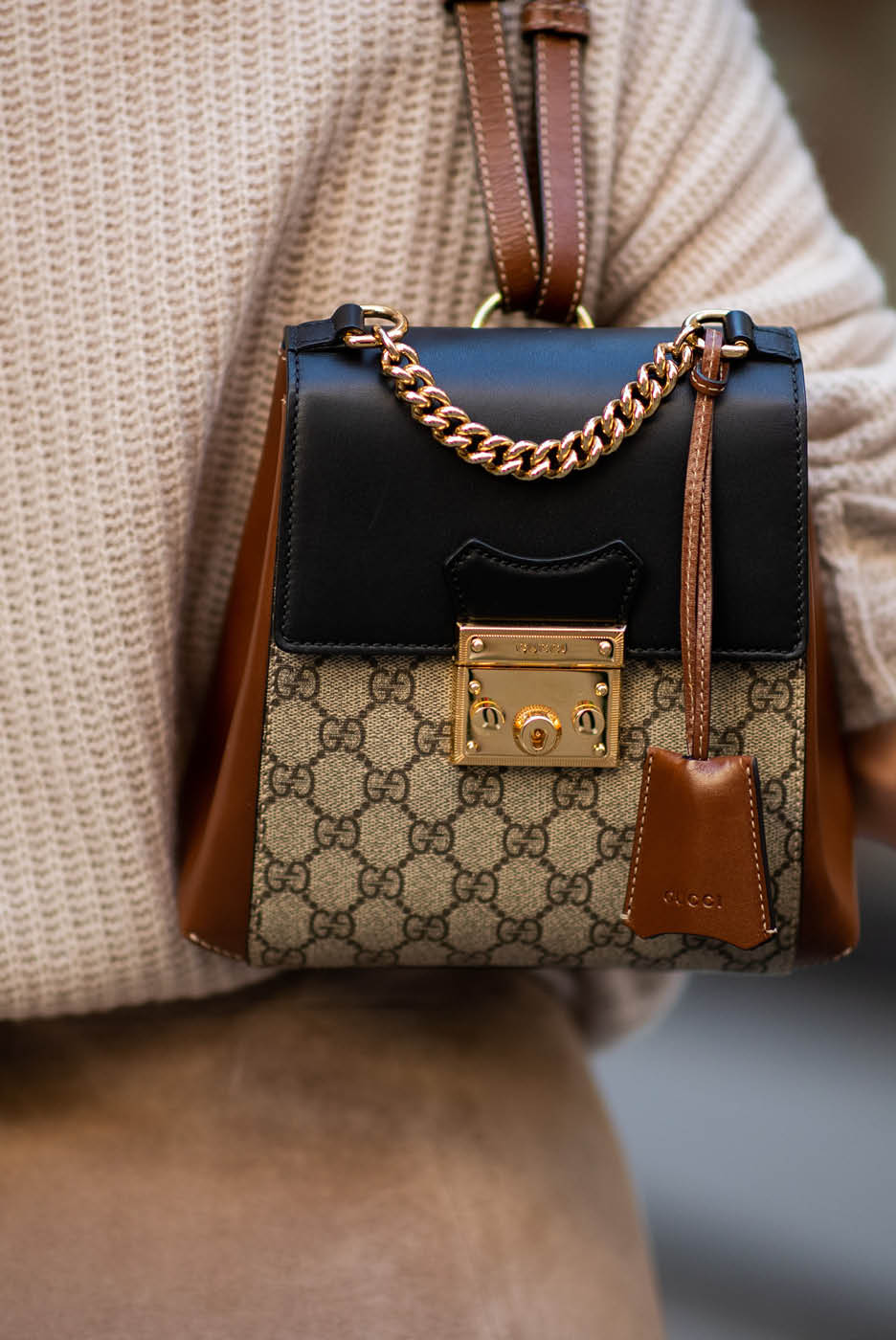
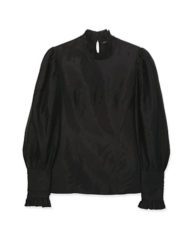
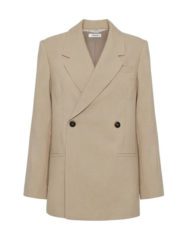
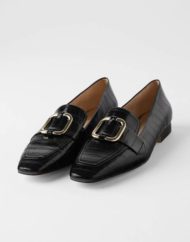
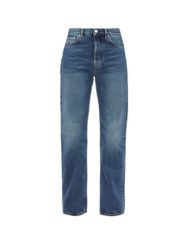
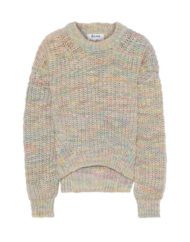
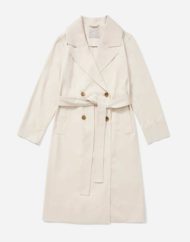
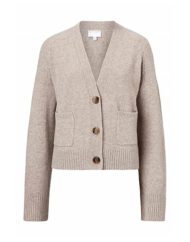




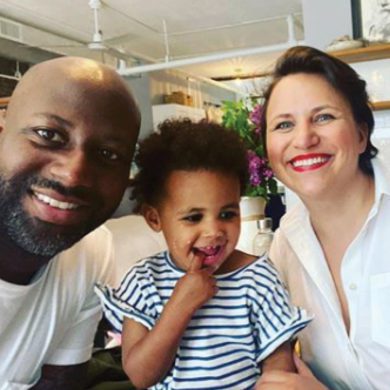





1 Comment